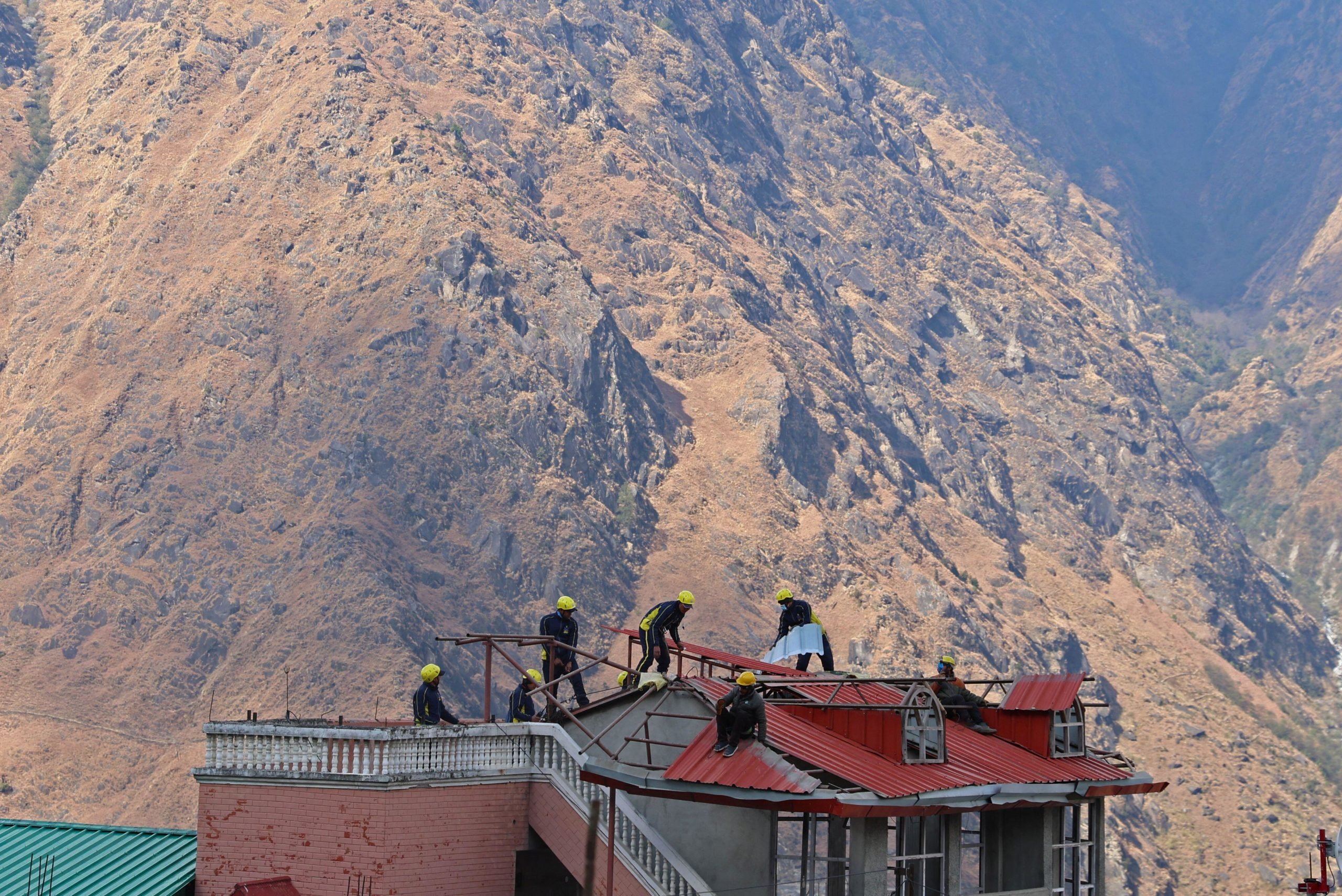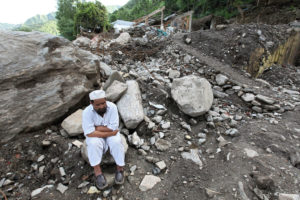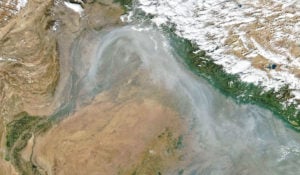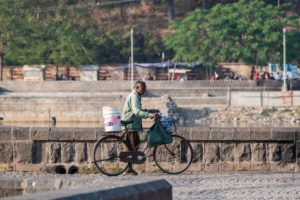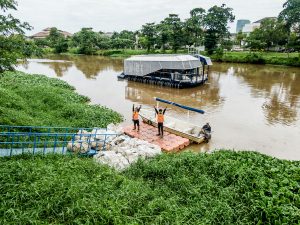Within weeks of the partial evacuation of Joshimath, an ancient pilgrim town in Uttarakhand, northern India, land started to sink under another Himalayan settlement. Last week subsidence struck a village in Doda district of Jammu and Kashmir. The worrying development highlights how people’s safety and livelihoods are increasingly at risk in the Himalayan region, as the world’s tallest mountains look more and more fragile.
For geologists and those who study the region, this is no surprise. The Himalayas are the world’s youngest mountain range, created as the land mass of the Indian sub-continent smashed into Asia 50 million years ago. Today, tectonic forces continue to propel the growth of the mountains. Stability, therefore, has always been something of a human illusion, given our short lifespans compared with the timescale at which geological events happen.
Part of this illusion has been to imagine these mountains as solid rock, instead of interlaced with water – glaciers, rivers and aquifers – that provides stability and conditions for life. The Himalayas are described as the “water tower” of Asia, recognising the quantity of ice and glaciers they hold, but the role of other forms of water is often forgotten by the public and policymakers. This has been particularly true of springs, which are the principal water source for people living in mountain regions. Whether it is because the mountain communities in the Himalayan region are generally poorer, or because the main burden of fetching water falls on women, the drying up of springs has only recently started receiving the attention it is due. This is not to say that experts and activists have ignored these issues; they have been raising the alarm on the “hidden waters” for some time.
For example, in the case of Joshimath, Piyoosh Rautela – now the executive director of the Uttarakhand government’s Disaster Mitigation and Management Centre – co-authored a letter in 2010 to the Current Science journal highlighting that a nearby aquifer had been punctured in the process of boring a tunnel for a hydropower project, with potential impacts on springs and ecosystems. In other words, he stressed that it is not just rock and soil that matter in the creation of long-term disasters, but also water. While the exact reasons for the sinking of Joshimath, and of the village in Doda, will take some time to fully decipher, Rautela’s point is one that needs to be better understood.
How to take note of ‘hidden’ water in the Himalayas
In October 2022, The Third Pole’s Nepal editor, Ramesh Bhushal, organised a field trip for a group of South Asian journalists. During this, the academic and former water minister of Nepal Dipak Gyawali explained a project to replenish groundwater. Based on traditional practices, recharge ponds are dug at specific spots on mountain slopes. They are designed to slow the speed of run-off rainwater so that instead of rushing downhill and exacerbating soil degradation, the water filters into the mountain, replenishing springsheds.
This understanding of each hill as a ‘water tower’ – as being a reservoir that needs replenishment and has to be nurtured – becomes increasingly important as global temperatures rise. The warmer the air gets, the more water it can hold, which means that dry spells last longer and wet periods are more intense. Soil that has been drier for longer absorbs less water, meaning that one impact of climate change is a fall in aquifer recharge, despite the higher amount of rainfall in the shorter, wetter, seasons.
The lack of understanding of deeper, or hidden, water also plays a great part in the damage done by hydropower projects. Run-of-the-river projects are defended as “ecologically benign” by their proponents, but they still divert up to 95% of the water from the original river, and their cemented tunnels do not let water seep into the soil. By design, they deprive mountain environments of the water needed to refresh aquifers, and to feed the roots of the plants and trees that keep the hillsides stable.
At higher altitudes, there is a greater fear of what will happen due to climate change impacts on the hidden water there – the permafrost. Worrying findings have recently come in from the Arctic that lakes that were not supposed to disappear for a century under current scientific models, have vanished. One reason why scientific models may have missed this outcome is that they did not incorporate how warmer rain would affect the permafrost. As the permafrost disappeared, the soil loosened, and the lakes drained out.
Joshimath shines rare spotlight on problem
In the Himalayas, much of the focus to date has been on the glaciers. As Pakistan, China, India, Nepal and Bhutan build hydropower projects, part of their calculation is that the overall amount of water will not decrease and may marginally increase for some years. What this does not factor in is what the retreat of glaciers and melting of permafrost will do to the stability of the Himalayan slopes.
In response to the sinking of Joshimath, there has been a rare focus by the mainstream media on the long-ignored issue of human security in the Himalayas. Hopefully, this will drive a more engaged discussion on what is happening, and the dangers that the water tower of Asia faces. And, as the example of the project to recharge Nepal’s springs shows, if we want the mountains to continue to nurture us, we must not destabilise them. It is not too late to start.
